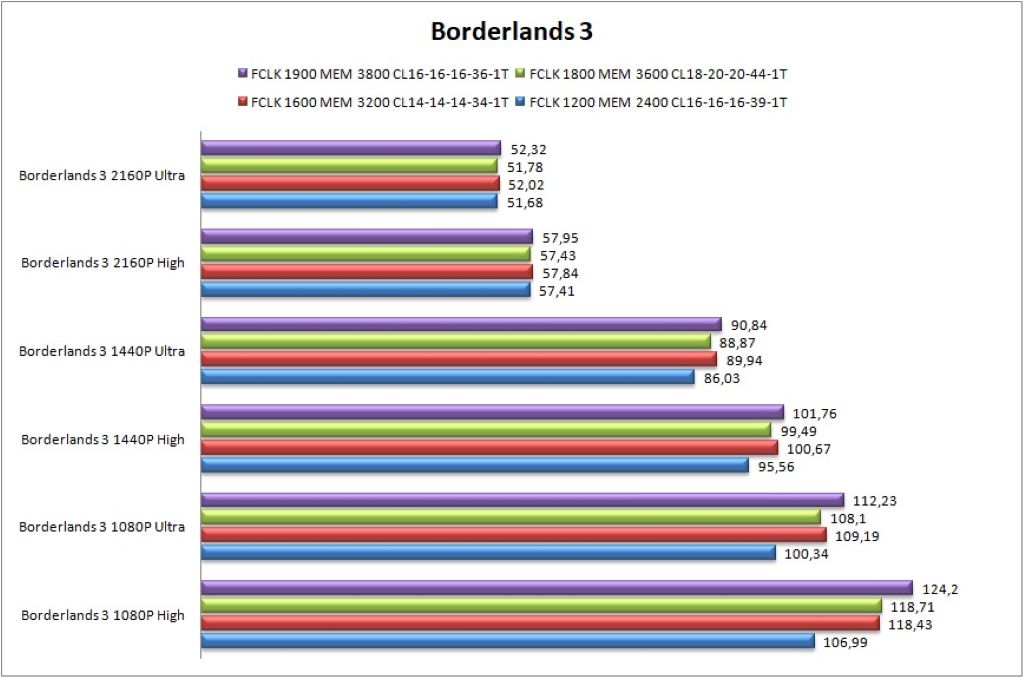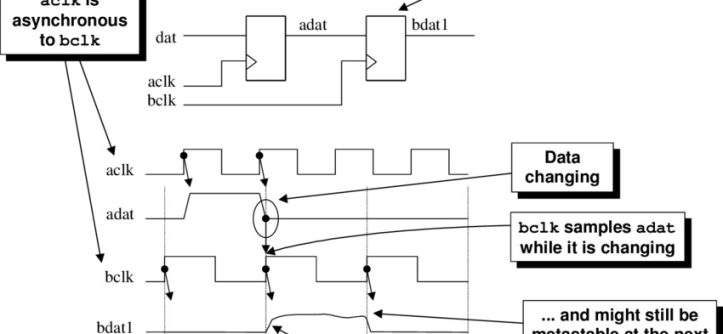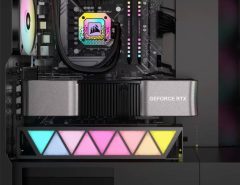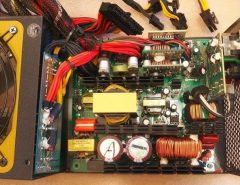Modern computing systems rely heavily on precise timing mechanisms to ensure optimal performance. Among these critical components, the Fabric Clock (FCLK) plays a vital role in maintaining system stability and efficiency. When discussing advanced computing concepts, resources like Engineers Network provide valuable insights into complex technical topics that affect system performance.
The relationship between memory controllers, CPU cores, and system interconnects creates a delicate balance that can significantly impact overall performance. Understanding FCLK desynchronization penalty becomes crucial for system builders, overclockers, and performance enthusiasts who want to maximize their hardware potential.
When memory and system clocks fall out of sync, the resulting fclk frequency mismatch creates latency penalties that can affect everything from gaming performance to professional workloads. This desynchronization occurs when the memory clock operates at different ratios compared to the fabric clock, forcing the system to wait for proper timing alignment.
What is FCLK Desynchronization?
FCLK desynchronization happens when the fabric clock frequency doesn’t maintain a 1:1 ratio with the memory clock. In AMD Ryzen systems, this relationship is particularly important because the Infinity Fabric connects different components within the processor.
The fabric clock serves as the backbone for communication between CPU cores, memory controllers, and other system components. When this timing relationship breaks down, the system must insert wait states to maintain data integrity. These wait states translate directly into performance penalties that users can measure in real-world applications.
System designers originally intended for memory and fabric clocks to operate in perfect synchronization. However, as memory speeds increased beyond certain thresholds, maintaining this synchronization became challenging. The resulting performance trade-offs force users to choose between higher memory speeds with penalties or lower speeds with optimal synchronization.
Understanding the Performance Impact
The performance penalty from FCLK desynchronization varies depending on the specific workload and system configuration. Memory-intensive applications typically show the most significant impact because they rely heavily on efficient data transfer between system components.
Gaming applications often experience reduced frame rates and increased frame time variance when FCLK desynchronization occurs. This happens because games frequently access system memory for textures, models, and other assets. When memory access becomes less efficient due to timing penalties, the entire graphics pipeline suffers.
Professional applications like video editing, 3D rendering, and scientific computing also show measurable performance degradation. These workloads often involve large datasets that must move efficiently between memory and processing units. Any additional latency in this data path directly translates to longer processing times.
Benchmarking tools can help quantify the exact performance impact in different scenarios. However, the penalty isn’t always linear, and some applications may show minimal impact while others experience significant slowdowns.
Common Causes of Desynchronization
Several factors can lead to FCLK desynchronization in modern systems. Memory overclocking represents the most common cause, especially when users push memory speeds beyond the processor’s native support specifications.
Manufacturing variations between processors can also affect the maximum stable FCLK frequency. Some processors handle higher fabric clock speeds better than others, even within the same product line. This silicon lottery effect means that identical system configurations may behave differently depending on the specific processor sample.
System instability can force the motherboard to automatically reduce FCLK speeds for stability reasons. When the system encounters errors or crashes during boot, many motherboards will automatically adjust clock speeds to ensure reliable operation. This automatic adjustment often results in desynchronization penalties.
Temperature and voltage constraints can also limit maximum FCLK frequencies. As processors heat up or when insufficient voltage is supplied, the maximum stable fabric clock frequency may decrease. This thermal throttling or voltage limitation can break the synchronization relationship even during normal operation.
Identifying Desynchronization Issues
Recognizing FCLK desynchronization requires understanding the symptoms and using appropriate diagnostic tools. Performance monitoring software can help identify when the system operates with timing penalties that suggest desynchronization issues.
Memory latency tests provide one of the clearest indicators of desynchronization problems. When FCLK operates out of sync with memory clocks, latency measurements typically show increased values compared to synchronized configurations. These latency increases often correlate directly with real-world performance reductions.
System monitoring utilities can display current FCLK and memory clock speeds in real-time. Comparing these values helps determine whether the system maintains proper synchronization ratios. When ratios deviate from optimal values, performance penalties become likely.
Stress testing under various workloads can reveal inconsistent performance patterns that suggest timing issues. Applications that normally run smoothly may show stuttering or reduced performance when desynchronization occurs.

Optimization Strategies
Preventing or minimizing FCLK desynchronization requires careful attention to system configuration and component selection. Memory selection plays a crucial role because not all memory modules work equally well with different processors and motherboards.
Choosing memory speeds that align with processor capabilities helps maintain synchronization. While higher memory speeds often appear attractive, they may not provide performance benefits if they force the system into desynchronized operation. Finding the optimal balance requires testing different configurations.
BIOS settings adjustments can help achieve stable synchronization at desired speeds. Many motherboards provide options to manually set FCLK frequencies and ratios, allowing users to fine-tune the relationship between memory and fabric clocks.
Voltage adjustments may help achieve stable synchronization at higher frequencies. However, these adjustments require careful consideration of safety limits and thermal constraints. Excessive voltages can damage components or create stability issues that negate any performance benefits.
Advanced Troubleshooting Techniques
When basic optimization strategies don’t resolve desynchronization issues, advanced troubleshooting techniques may be necessary. Memory training procedures can help establish stable timing relationships between system components.
Manual timing adjustments allow experienced users to fine-tune memory and fabric clock relationships. These adjustments require deep understanding of system architecture and careful testing to avoid instability or damage.
Component isolation helps identify specific hardware that may be causing synchronization problems. Testing different memory modules, adjusting cooling solutions, or even trying different processors can help identify the root cause of persistent issues.
Professional diagnostic tools provide detailed analysis of system timing relationships. These tools often reveal subtle issues that standard monitoring software cannot detect, enabling more precise troubleshooting and optimization.
Future Considerations
As processor architectures continue evolving, the relationship between memory and fabric clocks may change. Understanding current limitations helps prepare for future hardware generations that may handle synchronization differently.
Memory technology advances may reduce the importance of FCLK synchronization in future systems. However, current hardware still requires careful attention to these timing relationships for optimal performance.
Industry trends suggest that automatic optimization features may become more sophisticated, reducing the need for manual tuning. However, enthusiast users will likely continue seeking maximum performance through manual optimization techniques.
Conclusion
FCLK desynchronization penalty represents a significant performance consideration in modern computing systems. Understanding the causes, symptoms, and solutions for timing mismatches helps users optimize their systems for maximum efficiency.
The relationship between fabric clock frequency and memory timing affects everything from gaming performance to professional workloads. Careful system configuration, appropriate component selection, and thorough testing help minimize or eliminate these performance penalties.
While desynchronization issues can seem complex, systematic troubleshooting and optimization strategies can help achieve stable, high-performance configurations. As hardware continues evolving, staying informed about timing relationships and optimization techniques remains essential for maximizing system performance.
Frequently Asked Questions
What is the typical performance penalty from FCLK desynchronization? Performance penalties typically range from 5-15% depending on the specific application and degree of desynchronization. Memory-intensive applications generally show higher penalties than CPU-bound workloads.
Can FCLK desynchronization cause system instability? FCLK desynchronization itself doesn’t typically cause instability, but the underlying conditions that create desynchronization (such as aggressive overclocking) may lead to system crashes or errors.
How do I know if my system is experiencing FCLK desynchronization? Monitor your memory and FCLK frequencies using system monitoring software. If the ratio between memory clock and FCLK isn’t 1:1, you’re likely experiencing desynchronization penalties.
Is it better to run lower memory speeds to maintain FCLK synchronization? In most cases, maintaining synchronization with slightly lower memory speeds provides better overall performance than running higher speeds with desynchronization penalties.
Will future processors eliminate FCLK desynchronization issues? While future architectures may handle timing relationships differently, current processor generations still benefit significantly from maintaining proper FCLK synchronization for optimal performance.
Read More:
Data Recovery Myths Busted: Separating Fact from Fiction for Successful Recovery





Leave a Reply